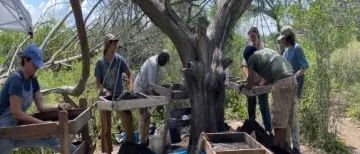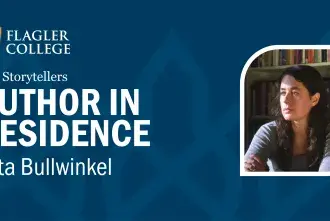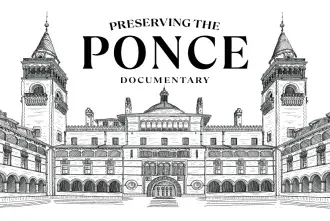
They recently finished their third field season at the historically significant site, which was the first legally sanctioned free Black town in the present-day United States and is a critically important site for Black American history. Five Flagler field school students assisted, where they immersed themselves in what the lives of the multicultural community who lived and worked at Fort Mose from 1752-1763 were like.
To uncover more details, the team searched for the households where free black women, men, children, and some indigenous family members lived. They also wanted to understand climate change's impact on the site, human impacts such as the dredging by Henry Flagler in the late nineteenth century, wake action from boat impacts, and cultural remains.
Many community and stakeholder partnerships have helped mold this project together. In 2021, the research team brought maritime archaeologists on board from the Lighthouse Archaeological Maritime Program - Chuck Meide, Nick Budsberg, and Airielle Cathers. They're currently investigating the underwater components of Fort Mose through a collaborative science project and are supported by grants.
"Our community partnerships are critical to the success of this research project," stated Dr. Lee. "Through these partnerships, we hope to continue to engage our students with community-based collaborative research that inspires them to engage in climate and social justice issues through their actions and words."
Another partnership, The Florida Public Archaeology Network (FPAN), led Dr. Lee's students on a walking tour of Lincolnville and the freedom trail - related to Martin Luther King's civil rights actions in downtown St. Augustine. FPAN worked with them on lab day to teach them photogrammetry and how to create models of artifacts. The students spent the other half of their lab days at the St. Augustine Lighthouse, where they processed flotation samples and engaged in public archaeology about the research with lighthouse tourists.
"Through these projects, our students learned field techniques at an archaeological site and the site's historical context. Also, how unique the fleeting period of freedom was at Fort Mose compared to enslavement in some Spanish, British, and American periods in downtown St. Augustine, just a few miles away," stated Dr. Lee. "That makes the legacy of freedom at Fort Mose even more remarkable, and this was the story they were able to share through public archaeology with tourists."
The Fort Mose Historical Society is 25 years old, a foundational stakeholder, and an outstanding community partner for the project. In honor of the society, the team will record stories of members to learn more about how they got involved with Fort Mose, what that involvement has looked like over the years, and what they want to see happen through research at Fort Mose. It'll let students learn a vital research skill of how to interview people and the process of deciding with the stakeholders what becomes of those interviews.
The team has received an American Battlefields Preservation Planning grant for 2022 and 2023. The grant allowed Dr. Lee and collaborators to hire a field and lab teaching assistant. It even lets them expand on their project in various ways that enrich the student experience.
"One of our goals with this grant was to make archaeology field school more accessible for people with limited economic means and particularly students with diverse identities in an attempt to further diversify our discipline," stated Lori Lee. "We were able to do that by offering professional experience--field tech positions, to six students interested in pursuing archaeology."
Since Archaeology field school is a crucial step to becoming an archaeologist, students acquire practical experience to qualify in cultural resource management as field technicians. Working 40 hours per week in the field for six weeks will help each student advance in their career.
"Our field school students worked alongside our field techs to complete the excavation of five excavation units that are helping us understand the location, size, and purpose of structures at the site," stated Dr. Lee. "We want to know where people lived at the fort and what their daily lives were like, and students are helping us uncover the evidence that will help us answer these questions. And that is just the field component."
Watch this video to learn more about Fort Mose and why our faculty and students are learning so much from this archaeological site.



